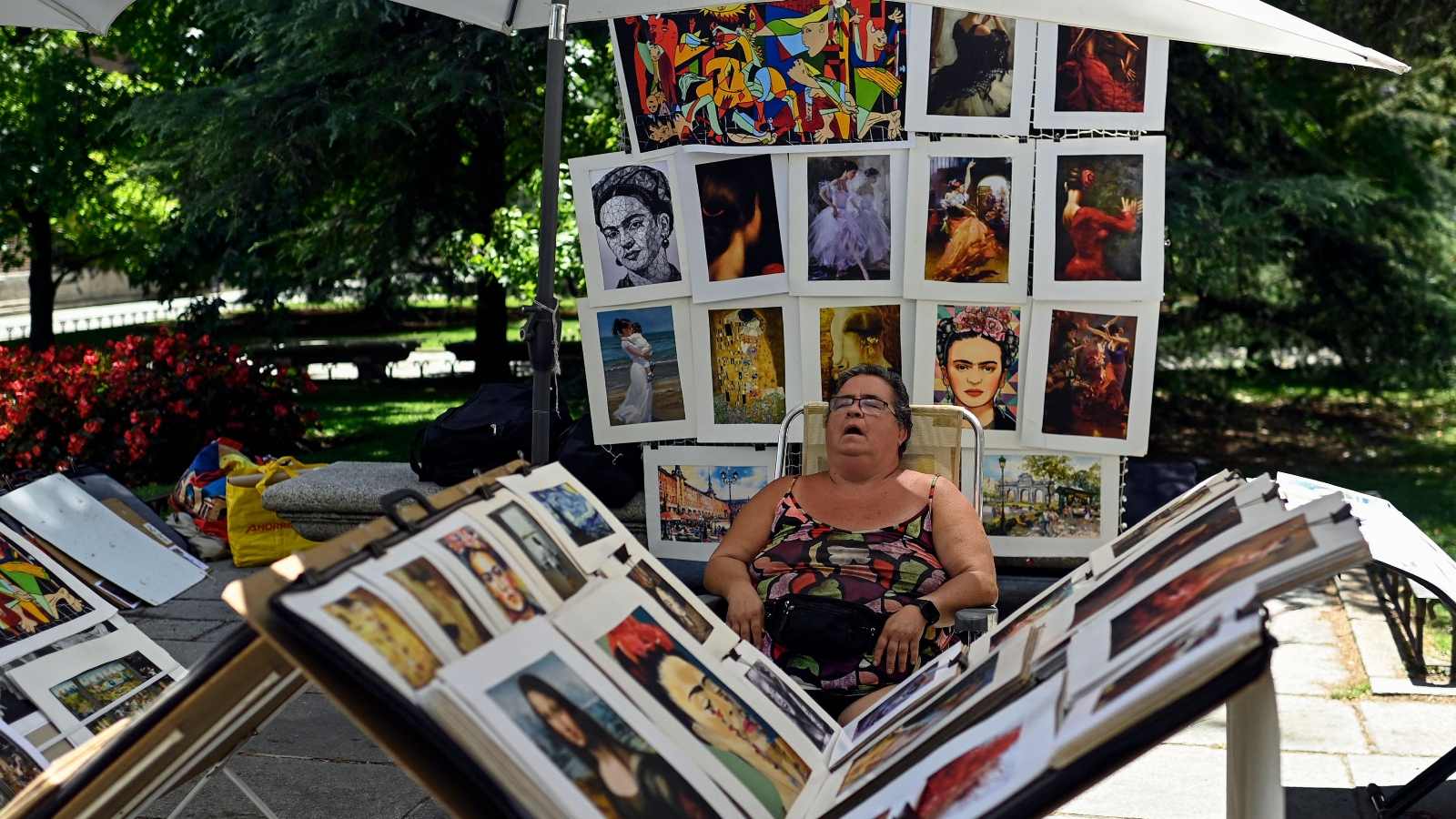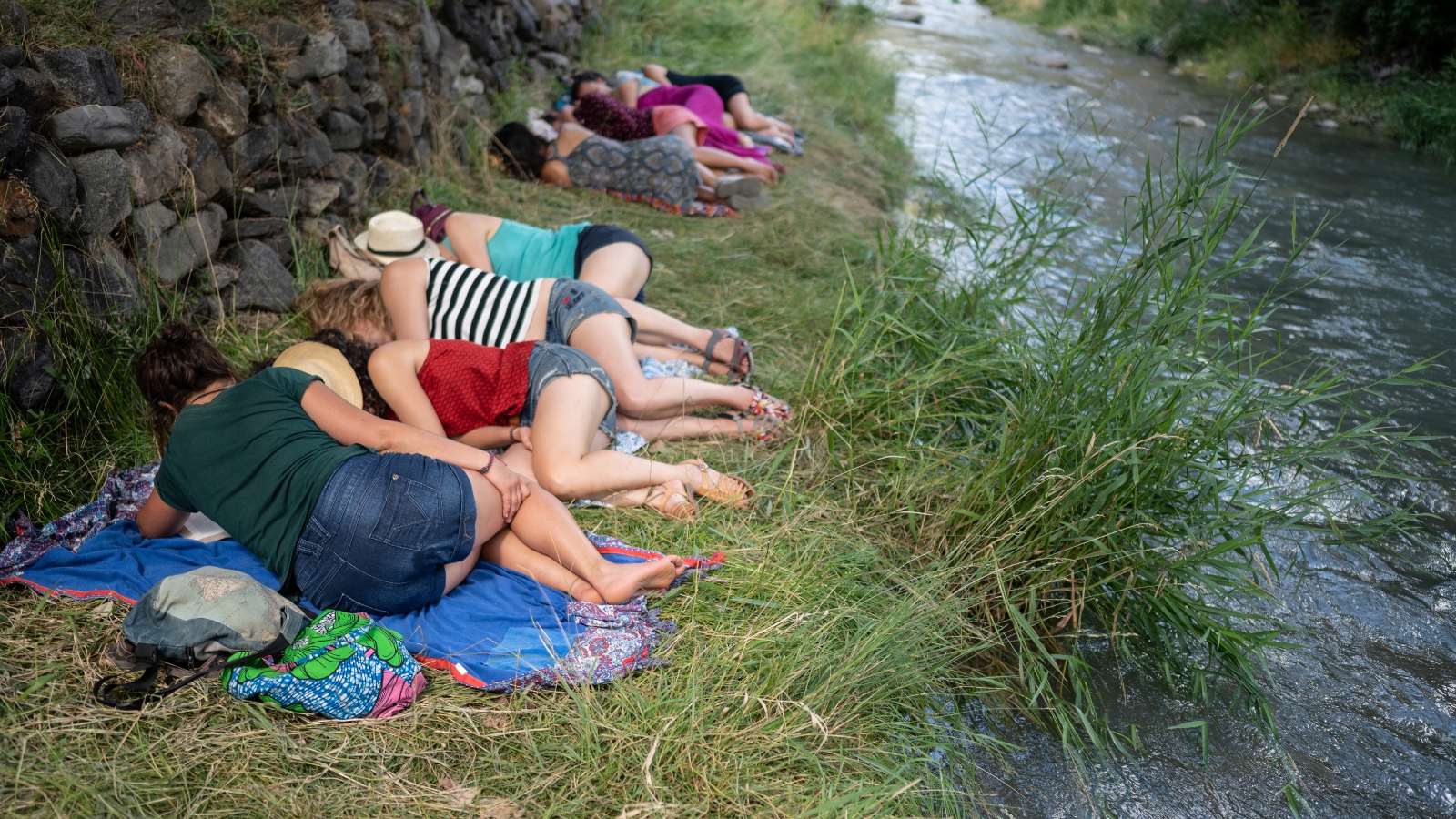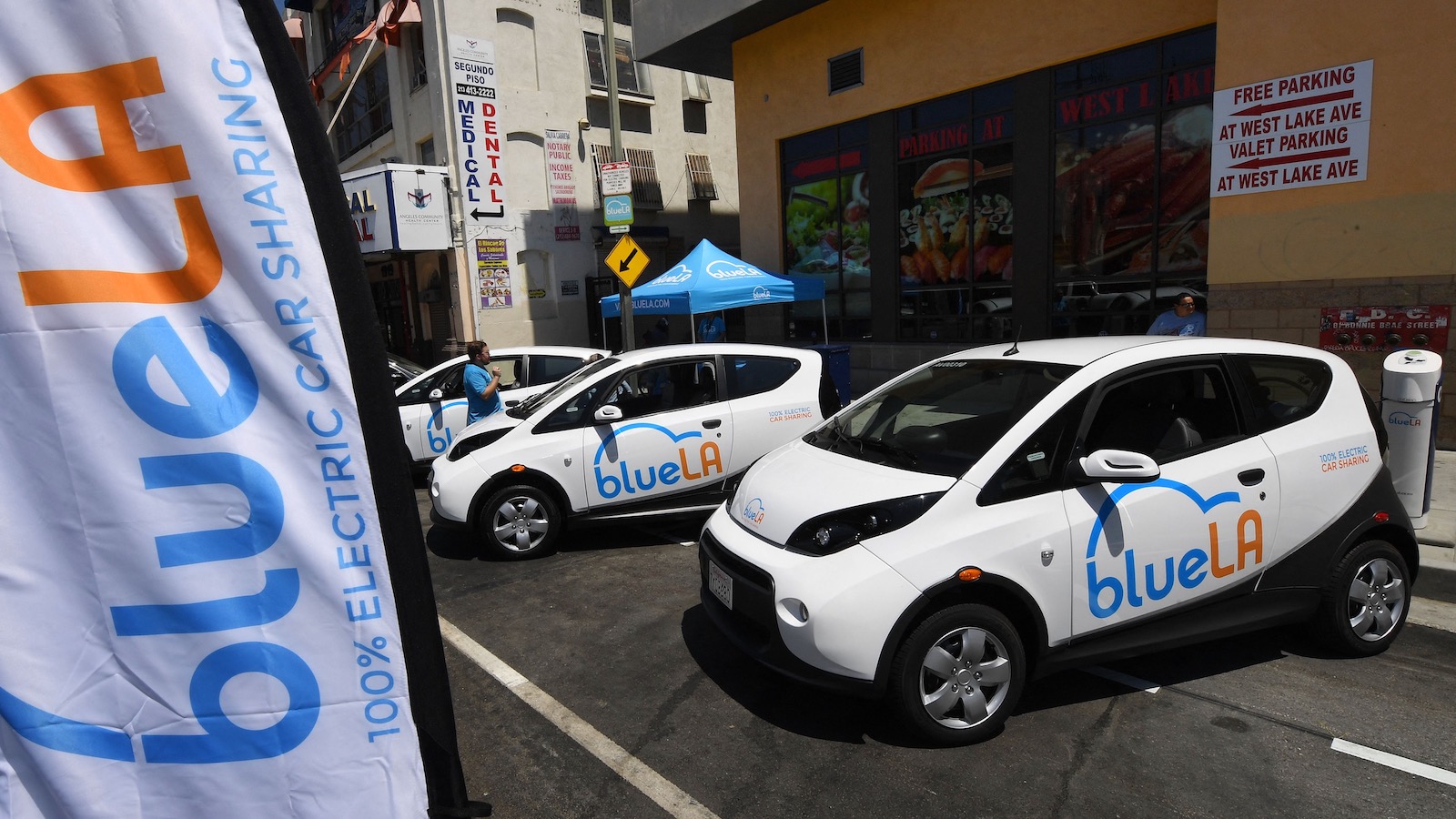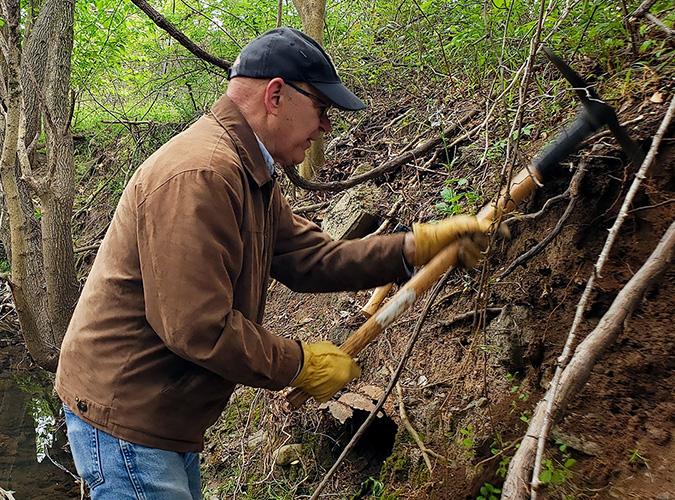
This story is part of Record High, a Grist series examining extreme heat and its impact on how — and where — we live.
Security guards and tourism guides at the Parthenon in Athens made headlines this summer when they went on strike during the scorching afternoons of a July heat wave that reached up to 113 degrees Fahrenheit in Greece.
“The extreme weather conditions continue to plague the country, despite this the Ministry of Culture did not take drastic measures — as it should have — to protect workers and visitors,” said the Panhellenic Union of Employees for the Guarding of Antiquities in a press release. The union stated that multiple people were seen fainting and suffering from heatstroke at the Acropolis, the complex of monuments that includes the Parthenon, prompting them to strike.
In fact, when the guards and guides refused to work during the hottest hours of the day, they essentially revived an old tradition in warm Mediterranean countries: the siesta.
A siesta consists of a midday break that usually includes a large meal and a nap and is most common in Southern European countries like Greece, Spain, and Italy. The siesta used to be sacred, but modern times have seen the decline of the practice.
“The siesta is as old as humanity, and in fact, it goes beyond humanity. And you can see a lot of other species just simply being sensible with hot weather,” said Dr. Simon Quilty, a physician and researcher at Australian National University in Canberra. Quilty is lead author on a paper that examines cultural responses to extreme heat.
Quilty also pointed out that the siesta has faced pushback in recent years, notably in 2016, when the Spanish prime minister proposed banning the practice.

“There’s a strong push back on that cultural institution,” said Quilty. “That reflects our values and our values over the last 15 to 20 years, and certainly over the last 50 years, [which] has increasingly become about money and material gain. And that is the culture that is destroying the environment.”
The word “siesta” evolved from the Latin phrase sexta hora, which means the sixth hour after dawn, a time when the sun is high and it’s best to take a break from extreme heat with a hearty meal and a nap.
Climate change was a key force behind a summer that made history as the hottest on record. A new analysis from the nonprofit organization Climate Central found that 98 percent of people on Earth experienced hotter temperatures that were more likely because of climate change.
Even places that have not typically practiced the midday break are now looking to it after unflinching heat. In Germany, a famously efficient country, a public health group suggested that employers and workers get comfortable with the idea of preventing heat-related illnesses, including taking a siesta.
It could also be an effective option to avoid extreme heat in the United States, according to José María Martín Olalla, a professor of physics at the University of Seville in Spain.
“Practicing siesta in the United States is meaningful in the sense that you will be avoiding exposure to the central [hottest] hours of the day,” said Olalla.
But there are numerous cultural differences between Spain and the U.S., especially when it comes to the workday. Olalla pointed out that the labor cycle differs immensely and so do mealtimes. Siestas function not only as a rest for what used to be mostly manual labor, but also exist as a designated time for a large family meal.
“For instance, in Spain, lunch is usually the main meal of the day,” said Olalla. “In [the] United States, lunch is kind of a smaller meal.”
The siesta is ubiquitous with the culture in Spain, even as urbanization has meant changes for how people take siestas. Siestas have recently declined in popularity: “Not every single Spaniard is practicing siesta,” said Olalla. Still, he said that extreme heat caused by climate change could spur a revival.
Temperatures globally are expected to keep rising, and so are heat deaths, according to a study from researchers at Texas A&M University. Researchers found that deaths could top 200,000 annually by the end of the century, a fivefold increase. A siesta could help curb some of those effects, particularly for outdoor workers, according to Mayra Reiter, program director of occupational safety and health at Farmworker Justice, an advocacy organization based in Washington D.C.
“Whether it’s a siesta or a cooldown break, workers need regular rest periods when they are working in the heat,” said Reiter. “Because otherwise, they face higher risk of accidents on the job, kidney damage from dehydration and overheating, and heatstroke, which can be deadly.”

Nano Calvo / VWPics / Universal Images Group via Getty Images
In the U.S., employers are already experimenting with different solutions to extreme heat. In the wake of the hottest summer on record, companies are deploying ice-filled vests, sweat stickers, and paid cooling breaks to offset the hotter temperatures that workers are exposed to. In the agriculture industry, which often requires hours of labor-intensive work to plant, grow, and harvest crops, farmworkers are harvesting plants at night to avoid high daytime temperatures.
Dr. Brenda Jacklitsch, a health scientist and heat expert at the National Institutes for Occupational Safety and Health, an agency within the Centers for Disease Control, backs the idea of a siesta for outdoor workers, especially those who are more exposed to extreme heat.
Construction workers are also at risk for mortality due to heat, and one mother of a construction worker who died last summer in Texas is suing his employer for $1 million. The mother believes the company could have providfed more safeguards against the heat and prevented his death.
“Hotter times of the day very often are, you know, middle of the afternoon, when the sun is right overhead,” said Jacklitsch. “And so being able to schedule some of the maybe most intense or the hardest work tasks for maybe the early morning hours or possibly even later in the evening or after it starts to cool down might be appropriate.”
One of the main ways that siestas could benefit outdoor workers is by helping regulate the core body temperature of workers. Siestas can help by reducing both internal and external sources of heat, according to Nathan Morris, an environmental physiologist and professor at the University of Colorado, Colorado Springs.
The idea of working with, and not against, extreme heat might run counter to the culture of the United States, but Quilty brings up that Indigenous traditions and cultures in tropical regions have always understood the danger of extreme heat.
“People just simply understand that it’s dangerous to be in the hot weather,” he said.
One of Quilty’s co-authors is Norman Frank Jurrurla, a Warumungu elder, who wrote about how traditional Indigenous practices are responsive to the environment. Siesta is one example of these environmentally sensitive practices; another is to pay attention to emerging drought conditions and shift to where more consistent water sources are.
One constraint of the study, though, is using historical data, which is limited in its reach, especially as climate change is pushing the world to temperatures too hot to survive.
It could be good to revive the tradition in the U.S., says Olalla, where overwork and sleep loss are regular parts of American culture that degrade people’s overall health.
“It’s pretty clear from our standard knowledge that siesta is good,” said Olalla.
So good that despite recent declines in Spaniards practicing siesta, Olalla still makes it a regular part of his schedule.
“By the way, your email finds me practicing siesta,” said Olalla in a video interview, in a testament to siesta’s enduring power.
This story was originally published by Grist with the headline Is it time for the world to take a siesta? on Sep 14, 2023.




